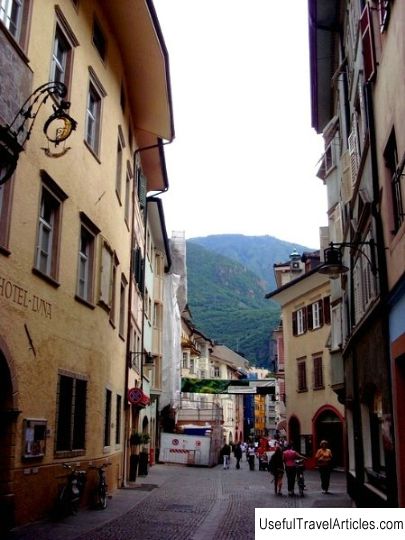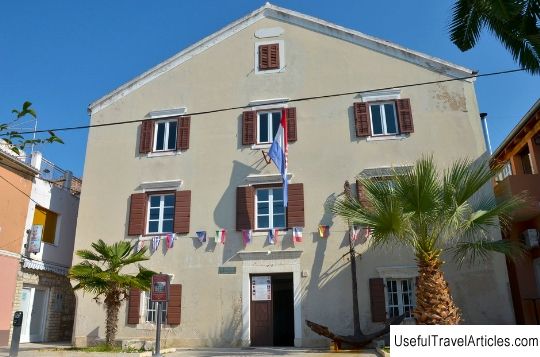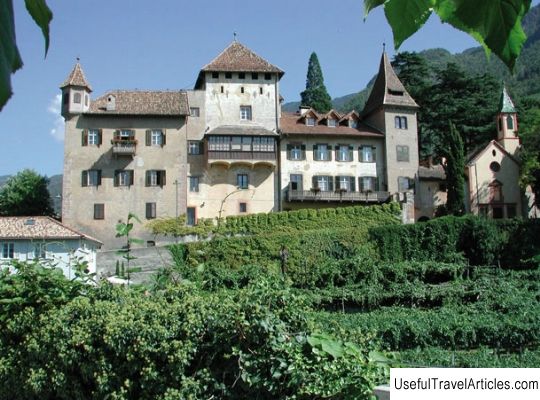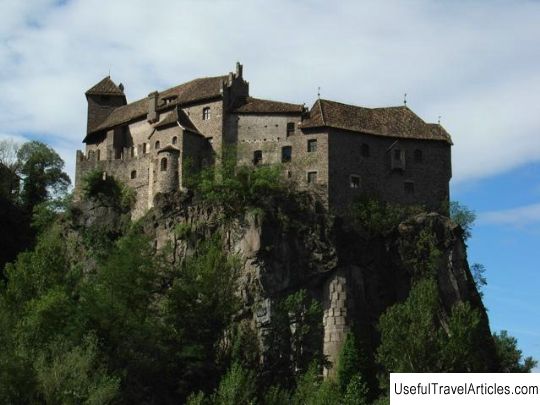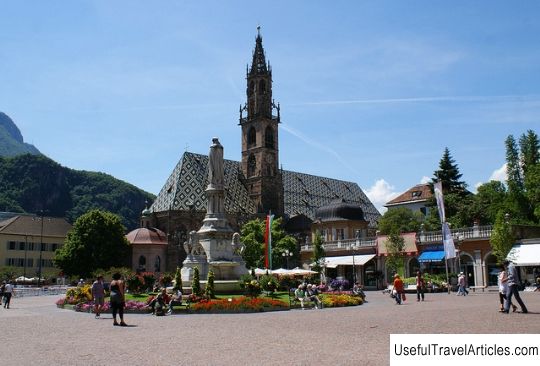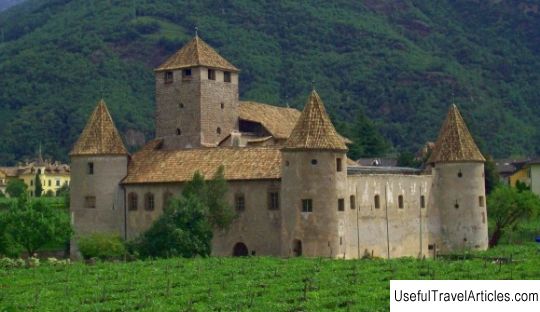Via dei Bottai description and photos - Italy: Bolzano
Rating: 7,5/10 (298 votes) Via dei Bottai description and photos - Italy: Bolzano. Detailed information about the attraction. Description, photographs and a map showing the nearest significant objects. The title in English is Via dei Bottai. Photo and descriptionVia dei Bottai is one of the oldest streets in the historic center of Bolzano, which is often called the “gateway to the city”. It originates from Via Streiter and still attracts tourists with original forged signs of numerous craft workshops. Until the beginning of the 13th century, the street was called Wangener-Gasse after the aristocratic von Wangen family who owned the castle of Castello Roncolo. It was through Via dei Bottai that, from the end of the 13th century until relatively recent times, all traffic from Brennero passed. After all, Bolzano was an important medieval trade center, which was accessed through the Wangen Gate. These gates were located at the corner of Via Andreas Hofer and Via dei Bottai, where today is the South Tyrol Museum of Nature. Since Via dei Bottai, thus, was the "entrance" street of the city, there were numerous hotels, restaurants and public institutions on it, as, indeed, today. Arriving in Bolzano after a long and tiring journey, merchants could rest here and change horses before sending them off to business meetings in the "covered galleries" area. The medieval Via dei Bottai was an incredibly busy and crowded street, which could be driven by carts with six horses. Today, this street is part of the city's pedestrian zone, which stretches from Via Museo through the fruit market to the Covered Galleries in the very center of Bolzano. Via dei Bottai is still famous for its public establishments, some of which are marked with old wrought iron signs, and some have been in the same houses for hundreds of years. For example, the Eisenhat and White Horse taverns, where you can enjoy local food until late at night, or the Mondschein Hotel, famous for its cozy wood-paneled dining room, and the Hotel Pfau, which is located in one of the few buildings Bolzano, built in Art Nouveau style. At the very end of the street stands the Maximilian House, built in 1512 in the late Gothic style. Once it housed the study of Emperor Maximilian I, and now - the Museum of Nature of South Tyrol. Opposite you can see the building of the Diocese of Augsburg, which housed a prison from 1803 to 1899-1, where Tyrolean freedom fighters Peter Mayr and Andreas Hofer were imprisoned.      We also recommend reading Hala Sultan Tekkes Mosque description and photos - Cyprus: Larnaca Topic: Via dei Bottai description and photos - Italy: Bolzano. |
